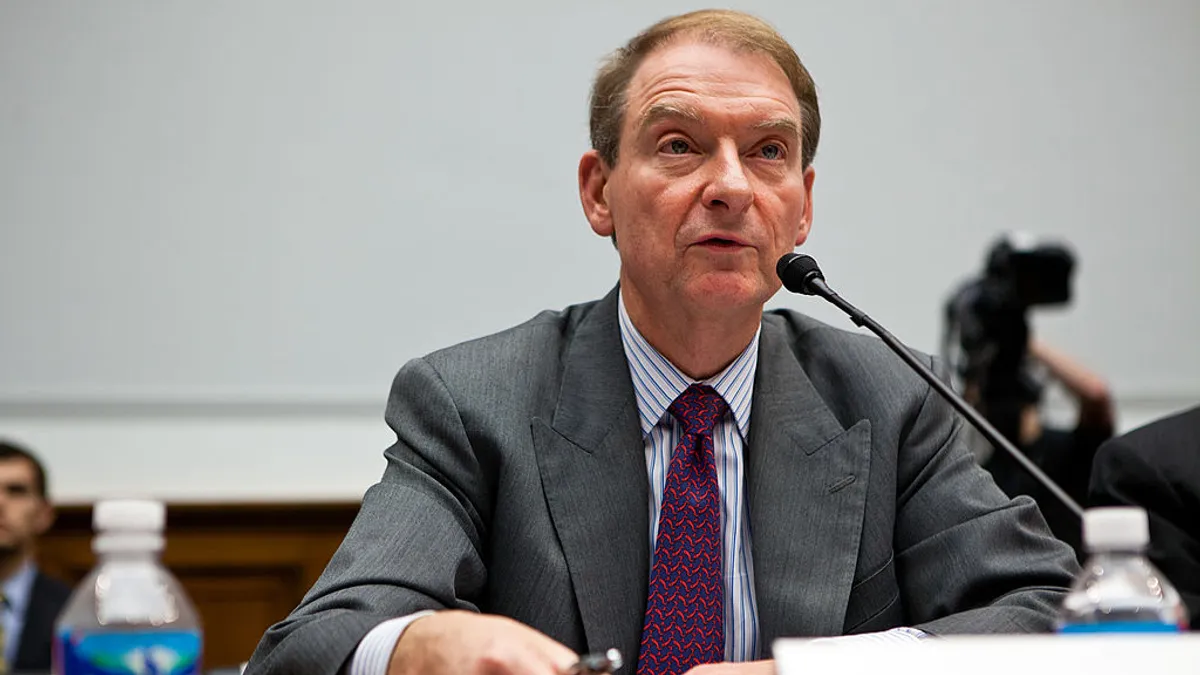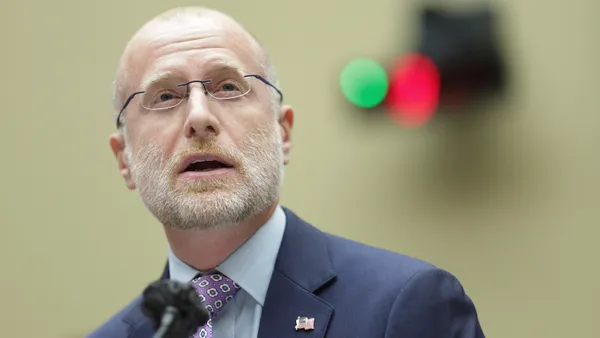Kristin Santamaria and Kelly Bub Smith are co-founders of Dotted Lines, a legal resources and consulting firm. Views are the authors’ own.
Recent actions by the Federal Trade Commission suggest the agency is stepping up its scrutiny of advertising and marketing matters, particularly on the use of testimonials and endorsements on social media.
In June, the agency released an updated version of its guidelines on the use of endorsements and testimonials and also published a proposed rule on consumer reviews and testimonials.
Taken together, the two releases suggest the agency has endorsements and testimonials in its sites. If the rule is promulgated as proposed, Morgan Lewis attorneys say, fines could be sizable: “The Proposed Rule would enable the Commission to seek civil penalties against violators (up to $50,120 per violation) as well as other monetary relief, such as consumer damages,” the attorneys say.
Here are some ideas for protecting yourself in this environment.
Truth in advertising. The basic truth-in-advertising rules haven’t changed; the update appears to be geared towards addressing the explosion in dependence on digital and social media influencers in endorsements and advertising. The FTC offers a guide on getting endorsements right in social media, Disclosures 101 for Social Media Influencers. It breaks steps down in specific areas, but the basic principle is that any type of advertising must be truthful and not misleading in any way.
Relationship status. If social media influencers have a relationship or “material connection” with the business, its owners or the product they’re endorsing, they must disclose that information. If the business financially compensates or gives free products in exchange for an endorsement, the material connection needs to be stated clearly. The FTC might be addressing the rise in “celebrity” endorsements and testimonials that come across as authentic way and the increasing weight that consumers place on these types of endorsements.
Definitions. In the updated guides, “endorsement” is defined as “any advertising, marketing, or promotional message for a product that consumers are likely to believe reflects the opinions, beliefs, findings, or experiences of a party other than the sponsoring advertiser, even if the views expressed by that party are identical to those of the sponsoring advertiser. Verbal statements, tags in social media posts, demonstrations, depictions of the name, signature, likeness or other identifying personal characteristics of an individual, and the name or seal of an organization can be endorsements.”
The term “endorser” is defined as the “party whose opinions, beliefs, findings, or experience the message appears to reflect … and could be or appear to be an individual, group, or institution.”
By revising the definitions of “endorsement” and “endorser,” the updated guides have captured fake reviews and fake endorsers, as well as social media tagging (in certain instances), and social media influencers. It is vital for companies to clearly state who the endorser is so that consumers can make informed decisions, and to keep in mind that using tags on social media may bring a post under the umbrella of endorsements.
“Clear and conspicuous.” To make a disclosure of a “material connection” between an endorser and an advertised product, the disclosure must be “clear and conspicuous.” To be “clear and conspicuous,” the updated guides provide that the disclosure must be “difficult to miss (i.e., easily noticeable) and easily understandable by ordinary consumers.” In other words it must be “unavoidable.”
What’s important to keep in mind is that regardless of the type of advertising, the disclosure must be equivalent to the endorsement, and cannot be viewable only by clicking another link. If the advertisement is an audio endorsement, the disclosure must be audio. If the advertisement is written or in a graphic, the disclosure must be the same, with the same emphasis. If the advertisement is both audio and visual, the disclosure must be both as well.
Reviews. The proposed rule also addresses the trend of suppressing, editing or boosting reviews “in a way that distorts or otherwise misrepresents what consumers think of their products,” as discussed in the updated guides. This would mean that businesses cannot hide or change bad reviews or elevate good reviews through a rating system. The reviews need to be a true and accurate reflection of customers' experiences. Businesses also need to clearly indicate if reviews were incentivized in some way or if an employee wrote the review.
The most important thing to remember is that the FTC is updating laws to keep up with trends and may be focusing on enforcement in the realm of deceptive advertising, whatever the form. Business owners need to keep up with the changing landscape and review or put in place their internal and external advertising policies. Both businesses and social media influencers can be subject to violations of the FTC advertising laws, along with fines, so it is prudent to be careful in either position.


















